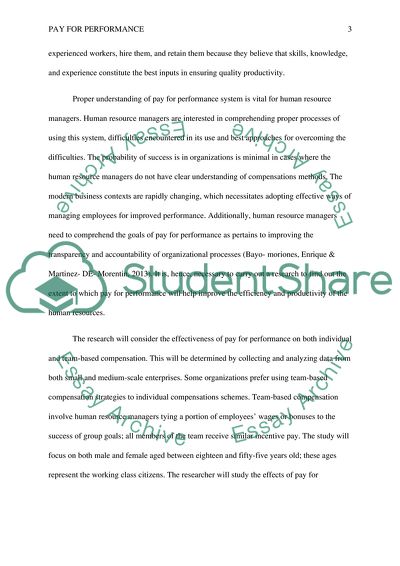Cite this document
(Pay for Performance: What does the research say and does it work Paper, n.d.)
Pay for Performance: What does the research say and does it work Paper. https://studentshare.org/human-resources/1829557-pay-for-performance-what-does-the-research-say-and-does-it-work
Pay for Performance: What does the research say and does it work Paper. https://studentshare.org/human-resources/1829557-pay-for-performance-what-does-the-research-say-and-does-it-work
(Pay for Performance: What Does the Research Say and Does It Work Paper)
Pay for Performance: What Does the Research Say and Does It Work Paper. https://studentshare.org/human-resources/1829557-pay-for-performance-what-does-the-research-say-and-does-it-work.
Pay for Performance: What Does the Research Say and Does It Work Paper. https://studentshare.org/human-resources/1829557-pay-for-performance-what-does-the-research-say-and-does-it-work.
“Pay for Performance: What Does the Research Say and Does It Work Paper”. https://studentshare.org/human-resources/1829557-pay-for-performance-what-does-the-research-say-and-does-it-work.


